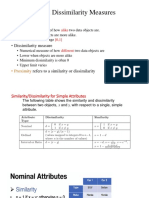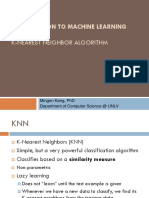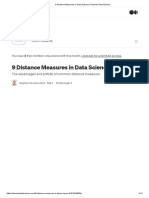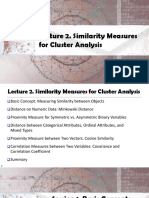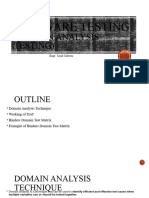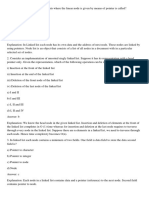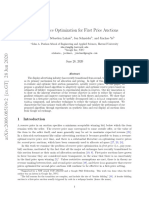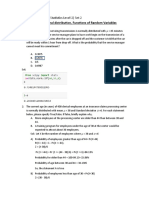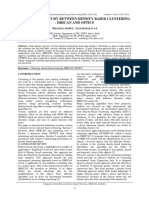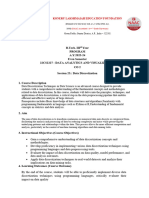0% found this document useful (0 votes)
31 views11 pagesML Unit 2
The document discusses various proximity measures and distance metrics used in machine learning and data analysis, including Euclidean, Manhattan, Minkowski, Cosine, and Jaccard distances. It also covers classification algorithms based on these distance measures, particularly focusing on K-Nearest Neighbor (KNN) methods for both classification and regression tasks. Additionally, it highlights the importance of measuring similarity and dissimilarity in binary patterns using methods like Hamming distance and Jaccard similarity.
Uploaded by
maneeshgopisettyCopyright
© © All Rights Reserved
We take content rights seriously. If you suspect this is your content, claim it here.
Available Formats
Download as PDF, TXT or read online on Scribd
0% found this document useful (0 votes)
31 views11 pagesML Unit 2
The document discusses various proximity measures and distance metrics used in machine learning and data analysis, including Euclidean, Manhattan, Minkowski, Cosine, and Jaccard distances. It also covers classification algorithms based on these distance measures, particularly focusing on K-Nearest Neighbor (KNN) methods for both classification and regression tasks. Additionally, it highlights the importance of measuring similarity and dissimilarity in binary patterns using methods like Hamming distance and Jaccard similarity.
Uploaded by
maneeshgopisettyCopyright
© © All Rights Reserved
We take content rights seriously. If you suspect this is your content, claim it here.
Available Formats
Download as PDF, TXT or read online on Scribd
/ 11











